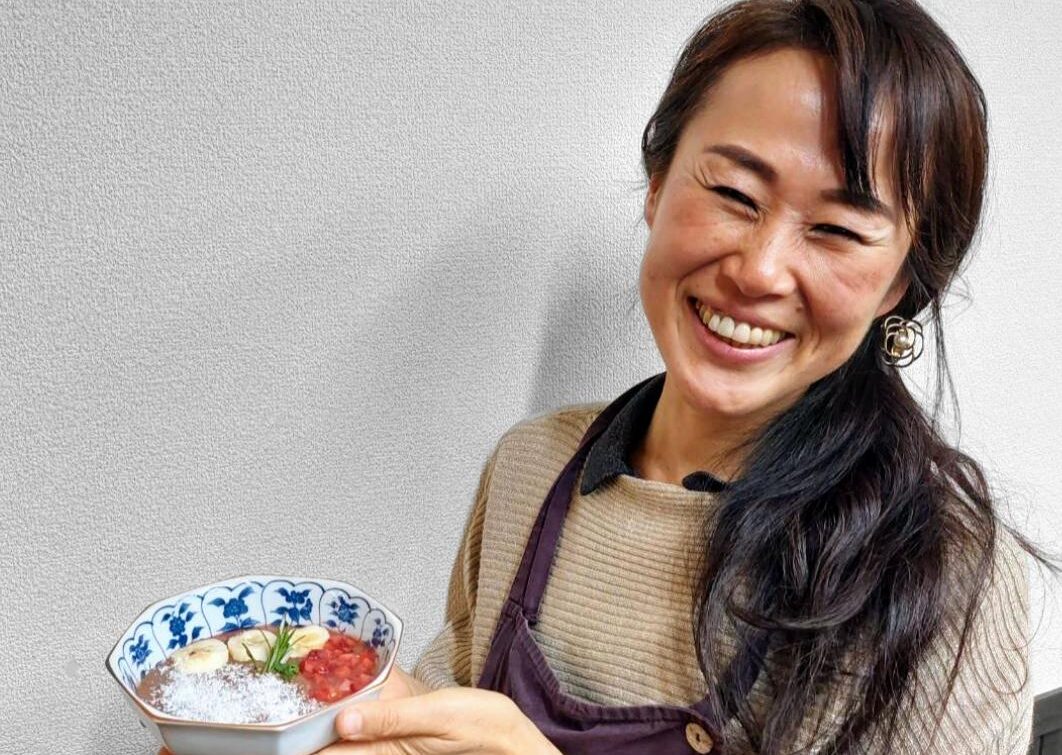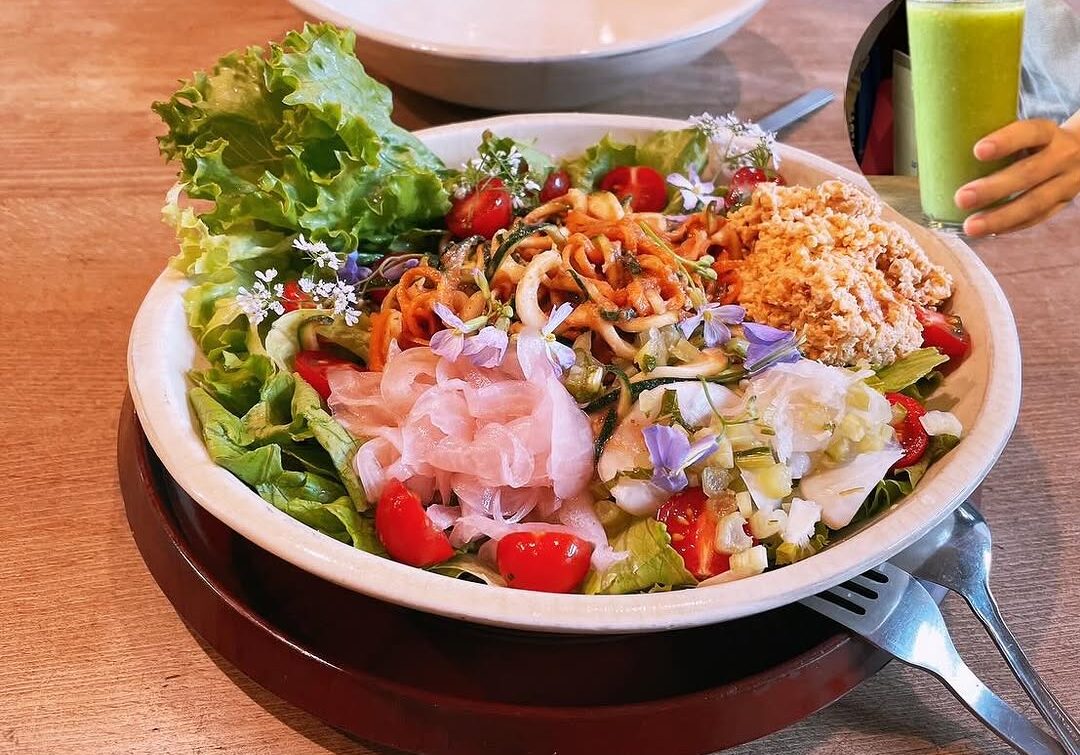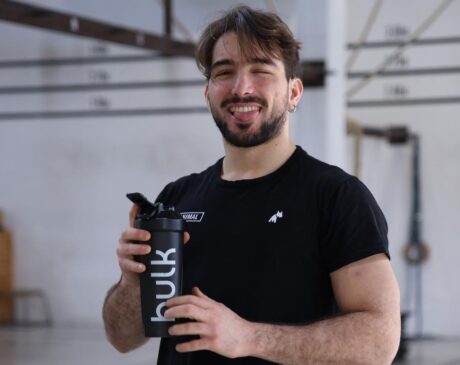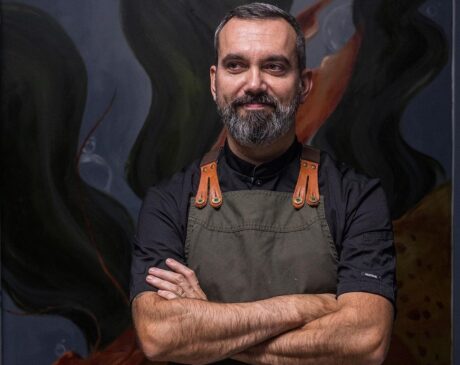Raw Vegan Food and Fermentation: Kiko Miwa’s Healing Journey in Kyoto

What if the secret to healing your body and reconnecting with your roots was hidden in a single spoonful of raw vegan food?
In the heart of Kyoto, amidst ancient temples and bustling streets, one woman is quietly revolutionizing the way people think about nourishment. Meet Kiko Miwa, the soul behind Kiko’s Raw Vegan Café—a weekly pop-up where vibrant raw vegan food meets centuries-old Japanese tradition.
After facing serious health challenges, Kiko turned to raw vegan food and fermentation, unlocking a path to deep healing and joyful living. Her story isn’t just about food—it’s about transformation, intuition, and creating human connection in the most unexpected ways.
In this heartfelt interview, she opens up about her journey, her creative process, and the magic behind her minimalist yet flavorful raw vegan food recipes. Whether you’re curious about raw veganism or simply love stories that stir the soul, Kiko’s words might just inspire you to look at your plate—and your life—with new eyes.
Could you share your background and what led you to specialize in raw vegan food and fermentation?
I was born and raised in Japan, but I spent many years living abroad—in New York, California, Florida, Costa Rica, the Bahamas, and Paris. My journey into raw veganism began with a personal health crisis. I was dealing with recurring ovarian cysts, severe eczema, gum cysts, chronic fatigue, inflammation, and ongoing digestive issues. Nothing seemed to help—until I tried a raw vegan lifestyle. To my surprise, my body responded almost immediately. I loved its simplicity and how logical it felt.
I’ve also always been drawn to fermented foods. They’re deeply rooted in Japanese culture and offer powerful benefits, especially for digestion. Incorporating fermentation felt like reconnecting with something ancient and wise—both physically and spiritually. For example, I can’t tolerate soy milk on its own, but once I ferment it into soy yogurt, it becomes light, creamy, and gentle on my system. It’s also a great alternative to cashews, which are common in raw recipes but can be hard to digest.

What inspired you to start Kiko’s Raw Vegan Café, and how did you develop your passion for creating simple and delicious recipes?
I’ve always loved preparing food for my loved ones—it’s one of the ways I express love and care. Friends and family kept encouraging me to open a café because they enjoyed my food so much. At first, I couldn’t imagine cooking for strangers. But then a local community space asked me to host a small food event. That led to another, and then another… Eventually, I agreed to serve one afternoon a week—and that’s how the café began.
I find joy in creating harmony with simple ingredients. I believe recipes should inspire, not overwhelm. That’s why I focus on dishes that are beautiful, easy to prepare, and deeply nourishing. The café also became a space for genuine human connection—something I deeply value, especially in today’s fast-paced digital world. Through food, I want to show people that raw vegan living doesn’t have to be restrictive—it can be joyful, vibrant, and profoundly healing.
How do you approach recipe development to ensure your dishes are gluten-free and free from refined oils or sugars?
It comes naturally because I don’t buy gluten, refined oils, or sugars at all. I always start with whole, unprocessed ingredients—fruits, vegetables, nuts, seeds, and fermented elements like miso, pickles, or soy yogurt. For sweetness, I use dates, dried persimmons, or naturally sweet fruits. For healthy fats, I rely on whole sources like avocado, soaked nuts, or coconut, rather than extracted oils.
Since I’m personally sensitive to gluten, keeping everything gluten-free is non-negotiable. My approach is to stay close to nature—pure, clean, and easy for the body to recognize and digest.
Can you tell us about your weekly pop-up café in Kyoto and how it has been received by the local community?
It all began very organically. I was asked to do a small food event at a local community space, and little by little, it evolved. I started by serving just desserts and tea, but people began requesting savory dishes too. Eventually, I expanded to offer a full raw vegan menu.
The café is located in downtown Kyoto, so it attracts both locals and tourists who stumble upon it by chance. Many visitors tell me they feel lighter, brighter, and more energized after the meal. What started as an experiment has become a beautiful space of connection.
People come not only to eat but to share their stories, ask questions, and engage with one another. The community has been incredibly supportive and curious, which I’m deeply grateful for.

What challenges have you encountered in promoting raw vegan food in Kyoto, and how have you addressed them?
One big challenge is that raw vegan food is still relatively unknown in Japan. Some people assume it’s too extreme or un-Japanese. To bridge that gap, I focus on making my dishes visually appealing and culturally familiar. I decorate them with seasonal flowers and herbs from my garden and incorporate traditional ingredients like shiso, yuzu, umeboshi, and kombu in creative ways.
Another challenge is sourcing high-quality organic produce. Luckily, I’ve built a relationship with a local co-op that offers beautiful organic fruits and vegetables. I also grow some of my own herbs, flowers, and produce, which adds a personal and seasonal touch to everything I serve. My goal is to make raw food joyful and accessible—even for beginners.
How do you incorporate traditional Japanese ingredients into your raw vegan and fermented recipes?
I love experimenting with traditional Japanese ingredients. Miso, ume (fermented plums), and soy sauce add incredible depth and umami. Shiso leaves, yuzu peel, and sansho (a fragrant, tongue-tingling pepper) bring unique flavors and aromas.
One fun example was when I made carrot cake balls coated with sansho powder—it was a delightful surprise for everyone, including myself! I’m always paying attention to what’s seasonal and local, whether it’s leafy greens, root vegetables, or wild herbs. It’s about honoring tradition while staying true to a raw, plant-based lifestyle.
Could you share a memorable experience or feedback from someone who attended your pop-up café?
I receive so many beautiful messages and have so many meaningful conversations—it’s hard to pick just one! People often tell me how surprised they are by how full and satisfied they feel, yet how light and joyful their body feels afterward. Some even share, quite candidly, how smooth their digestion was—which always makes us laugh together!
I also have regular guests who come every week. Watching them return, excited to try new dishes, is one of my greatest joys. When someone says they feel nourished not just physically, but emotionally and spiritually too—that’s when I know this work matters.
People love my café, and that’s what keeps me going every week, despite my super demanding schedule.

What advice would you give to individuals interested in exploring raw vegan and fermented foods but unsure where to start?
Start simple—and start with joy. Pick your favorite fruits or vegetables and enjoy them just as they are. You don’t have to go 100% raw to feel the benefits. Try adding just one raw meal a day and observe how your body responds. Let your intuition guide you.
And don’t do it alone—connect with others who are exploring this lifestyle. Find a community online or locally. Most importantly, let this be a joyful journey. Let it feel like a loving experiment—a way to honor your body, spirit, and the beautiful, abundant gifts of nature.
You deserve beautiful and nourishing food—treat your mind and body to vibrant raw vegan food that supports healing, energy, and joy.
Thank You, Kiko!
We’re deeply grateful to Kiko Miwa for sharing her time, insights, and inspiring story with us.
If her journey has sparked your curiosity or touched your heart, we encourage you to follow her for more glimpses into her beautiful world of raw vegan food, fermentation, and mindful nourishment.
Connect with Kiko below to discover her latest creations, events, and soulful reflections:
🔗 Official Site: nama.ovh
Instagram: https://www.instagram.com/namadokiko
Youtube: www.youtube.com/@namadokiko
PayHip Store:https://payhip.com/b/N7a6M



